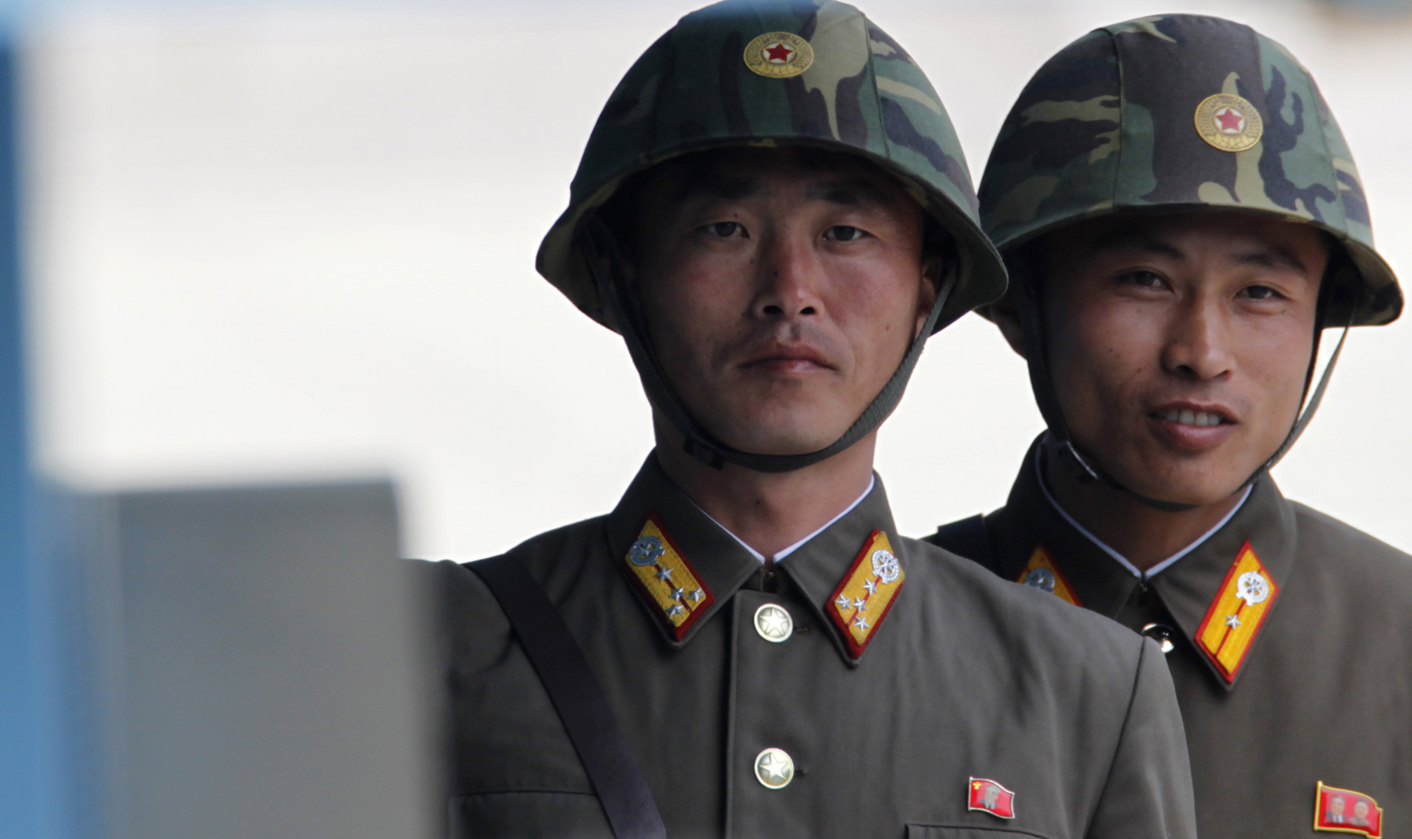China often describes its relations with North Korea, its closest regional ally, as intimate but not substantial. For more than 50 years, Beijing's attitude towards the Korean Peninsula has revolved around the avoidance of three scenarios: "No new war "; "No regime change in North Korea" and "No American troops on the Sino-Korean border".
This year, North Korea declared it had reached its self-professed goal of becoming a strong and affluent state. However, the state of its cross-border trade and cooperation with China indicates otherwise. There are signs that inside North Korea the domestic situation is deteriorating and the regime is using every opportunity to earn desperately needed cash and goods.
A range of United Nations sanctions has been imposed on North Korea, which is now hard at work evading these, with the help of China. Almost all luxury goods (cigarettes, cosmetics, cars, watches and computers) come via China. The criminalisation of the border trade with North Korea is notorious within China, whose government does not officially recognize the contraband as "luxury items". This ambiguity creates situations with potential for border conflicts between the former communist allies.
One incident unfolded in the Yellow Sea on 8 May involving three Chinese fishing boats with 29 fishermen aboard. The fishermen were abducted by unidentified and armed North Koreans, who demanded a ransom. The vessels were seized in a traditional Chinese fishing area, about 10 nautical miles from the maritime boundary between the two countries. Seven Chinese boats were initially taken, four later returned for ransom. Three Chinese boats remained in the hands of the unnamed North Korean kidnappers until 21 May.
While these kinds of incidents are common, this one developed in an unusual way. As a rule, Chinese ship owners pay ransoms through private channels. This time the armed hijackers approached the Chinese fishing vessels on a speed boat. They wore blue hats and uniforms and some of them spoke perfect Mandarin. They initially demanded the payment of $63,000 (R535,000) for each boat, but later lowered it and threatened to "dispose" of the boats if the money was not sent within a tight deadline.
The demand was transmitted by satellite phones through crew members, in captivity without food on shore and reportedly subjected to beatings. The fact the captors gave the sailors the mobile number of an intermediary in the border town of Dandong to discuss how to send the ransom suggests they were international pirates.
For 10 days the Chinese government worked closely with North Korean maritime authorities to ensure the safety of the Chinese citizens. Pyongyang, however, has still not commented on the incident. While the nature of this incident remains unclear, it came after Beijing criticised a recent North Korean rocket launch and expressed concern over another planned nuclear weapons test.
This raises a very serious question: Were the hijackers real pirates or was this all a carefully planned retaliation by the North Korean government against China?
North Korean defectors familiar with the chain of command in maritime border protection say that the three Chinese fishing boats were seized by operatives of Pyongyang's General Bureau of Reconnaissance.
They usually use armed speed boats that belong to West Sea Base in Nampo and secretly enter international waters on special missions. Disguised as mid-size fishing vessels, the boats have four Russian-made M-400 engines. The initial reports of the attack said the captors wore blue uniforms, but the involvement of Chinese criminals is unlikely. Could the GBR suddenly decide on the capture of Chinese fishing boats simply to earn money?
This is unlikely. Capturing foreign nationals and their property would inevitably create a diplomatic problem and could not be done without the approval of the authorities. Discipline in the North Korean military is stern and hierarchy is thoroughly observed. What message did the North Korean authorities want to convey to Beijing?
The most likely scenario was the abduction of Chinese fishermen was carefully planned by the new leadership in Pyongyang in retaliation for China's continuing criticism of the North Korea's April launch and another nuclear test. In addition, Beijing recently let a number of North Korean defectors leave China to seek asylum in South Korea that could not but anger the North Korean leaders who wanted to teach China a lesson.
The timing of the incident also supports this hypothesis, coinciding with joint US-South Korea aerial exercises. While these exercises take place on an annual basis, this year's activities were of a particularly massive scale.
These war games in the skies of south-western Korea send a warning message not only to the North, but also to China. Paradoxically, joint US-South Korean military exercises equip North Korea with extra leverage over China.
Beijing, however, is refusing to link the dots. So far the Chinese foreign ministry is labelling the incident a "fisheries case" and searching for traces of criminal gangs in Dandong. Clearly, Beijing is trying to soft-pedal the incident and avoid open antagonism with its long-term regional ally. All signs indicate that this incident will not negatively affect the strong political ties between the two countries. DM
Credit: This edited article is used courtesy of Asia Times Online (http://www.atimes.com/), who retain copyright.
Photo: North Korean soldiers look to the South as Denmark's Crown Prince Frederik and Crown Princess Mary (both not pictured) visit the truce village of Panmunjom in the demilitarised zone separating the two Koreas in Paju, about 55 km (34 miles) north of Seoul, May 13, 2012. REUTERS/Lee Jae-Wo




